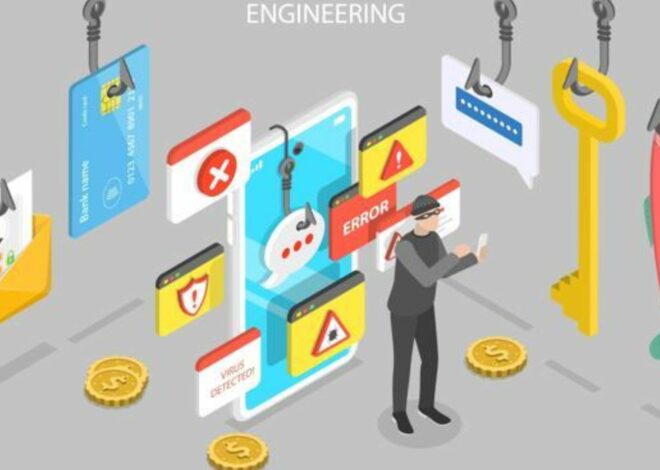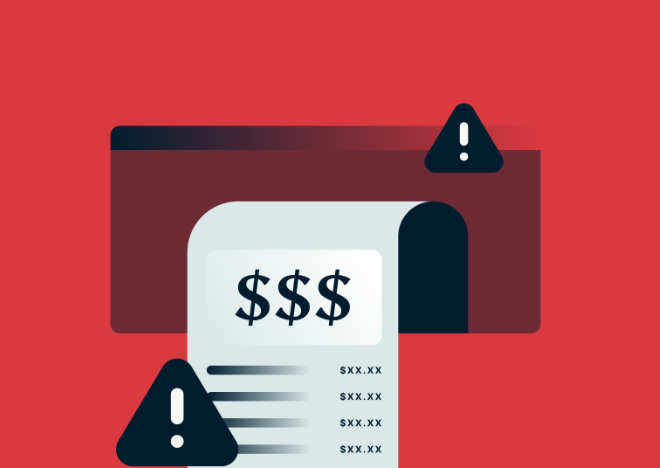
The Suffolk County Ransomware Attack: What You Need to Know?
Attention all Suffolk County residents! Are you aware of the recent ransomware attack that has rocked our community? With cybercriminals becoming more advanced, it is essential to stay informed and take precautions to protect ourselves. In this blog post, we will provide everything you need to know about the Suffolk County Ransomware Attack, including what happened, who was affected, and how you can keep your data safe from future attacks. Keep reading to arm yourself with the knowledge you need!
Table of Contents
What is Ransomware?
How Did the Suffolk County Ransomware Attack Happen?
What Are the Consequences of the Attack?
How Can You Protect Yourself from Ransomware Attacks?
Conclusion
What is Ransomware?
Ransomware is a type of malware that encrypts a victim’s files and demands a ransom in order to decrypt them. Ransomware attacks have been on the rise in recent years, as hackers have become more sophisticated in their methods.
The Suffolk County ransomware attack is a prime example of the type of damage that ransomware can do. In this instance, hackers were able to encrypt the files of the Suffolk County government, rendering them inaccessible. The hackers then demanded a ransom in order to decrypt the files, and the Suffolk County government ultimately paid the ransom.
Ransomware attacks can be incredibly costly for businesses and organizations, as they not only have to pay the ransom but also deal with the aftermath of an attack, such as data loss and downtime. It’s important for businesses to have a backup solution in place so that they can quickly restore their systems in the event of an attack.
How Did the Suffolk County Ransomware Attack Happen?
The Suffolk County ransomware attack happened when a malicious actor gained access to the county’s computer systems and installed ransomware. This prevented the county from accessing its own data and forced it to pay a ransom to the attacker in order to regain access. The county has not disclosed how the initial intrusion occurred, but it is likely that the attacker used either phishing or malware to gain access to the system. Once inside, the attacker was able to move laterally through the network and install ransomware on multiple servers. The Suffolk County ransomware attack highlights the importance of cybersecurity hygiene and the need for organizations to implement proper security controls.
What Are the Consequences of the Attack?
The attack has caused serious consequences for the county, including the loss of critical data, downtime for essential services, and the disruption of operations. The county is currently working to assess the full extent of the damage and determine how to proceed. In the meantime, they have issued a statement urging residents to be aware of potential scams and cyber-attacks in light of the sensitive information that may now be in circulation.
How Can You Protect Yourself from Ransomware Attacks?
Ransomware attacks are on the rise, and Suffolk County is the latest victim. Here’s what you need to know about this type of attack and how you can protect yourself.
What is ransomware?
Ransomware is a type of malware that encrypts a victim’s files and demands a ransom be paid in order to decrypt them. These attacks are usually carried out by email, with the attacker sending an infected attachment or link to the victim. Once opened, the malware begins encrypting the victim’s files.
What happened in Suffolk County?
On September 18th, Suffolk County was hit with a ransomware attack that affected its computer systems. The attackers demanded a ransom of $400,000 in Bitcoin in order to decrypt the county’s files. Suffolk County officials have not disclosed whether or not they paid the ransom.
How can you protect yourself from ransomware attacks?
There are several steps you can take to protect yourself from ransomware attacks:
1. Keep your operating system and all of your applications up to date by installing security patches as soon as they become available. This is the best way to prevent malware from exploiting known vulnerabilities in outdated software.
2. Install and use a reputable antivirus/anti-malware program on all of your devices, and make sure to regularly scan for malicious software.
3. Be cautious when opening any emails or clicking links sent by unknown senders, even if the message appears to come from a legitimate source. If you’re not sure about an email, it’s best to contact the sender directly before opening any attachments or clicking any links.
4. Back up all of your data in multiple locations, such as an external hard drive or cloud storage service, so that you can recover quickly if your files are encrypted in a ransomware attack.
Conclusion
All in all, the Suffolk County ransomware attack is a very serious issue. It has caused significant damage to county operations and there is still a long way to go before everything can be restored. For everyone living and working in Suffolk County, it’s important to stay alert and take steps to protect yourself against similar attacks. By following basic cybersecurity best practices, you can help keep your data safe from criminals looking to exploit vulnerable systems for their own gain.


